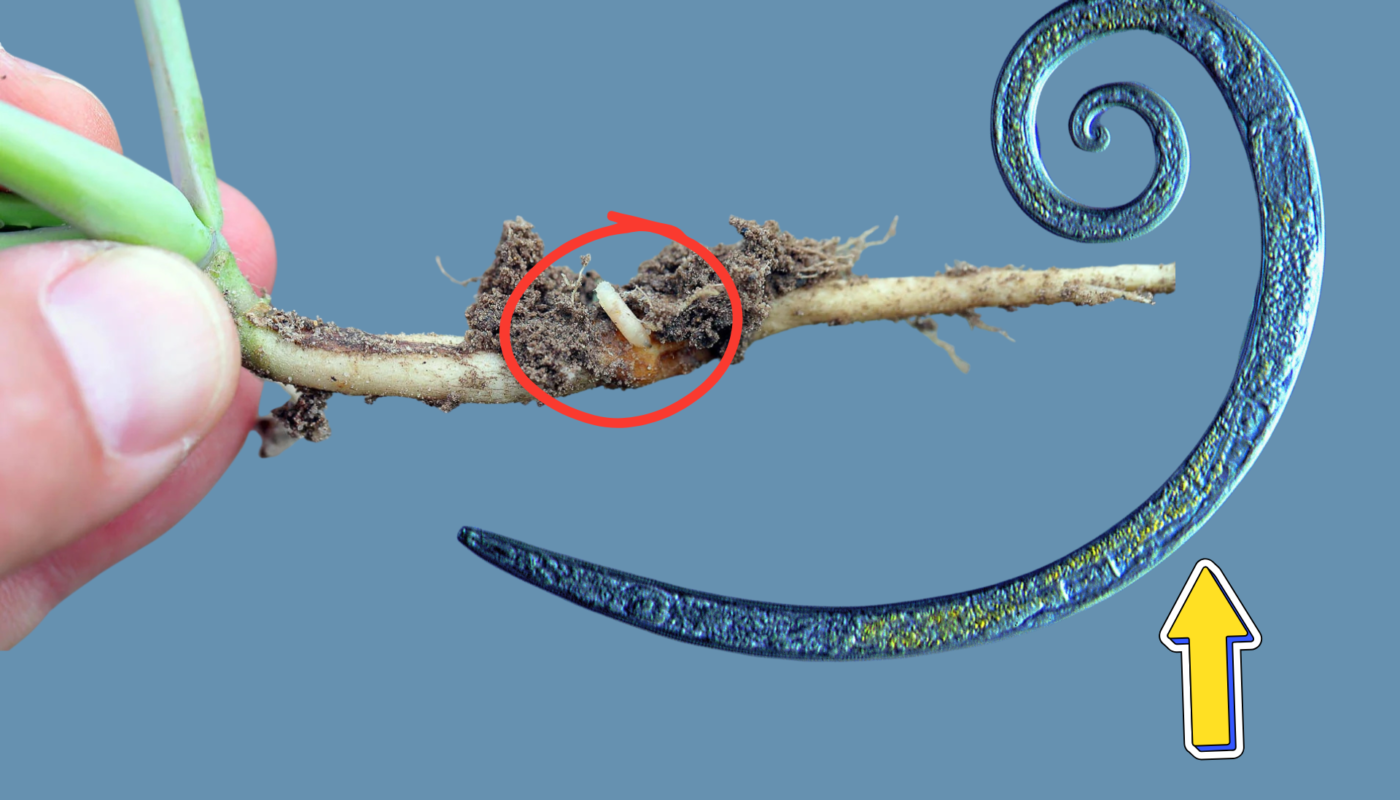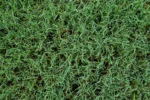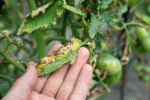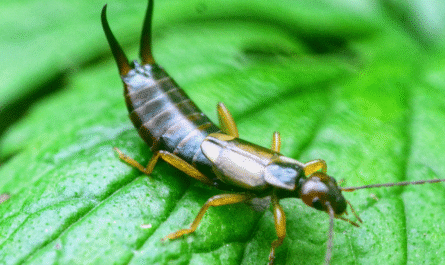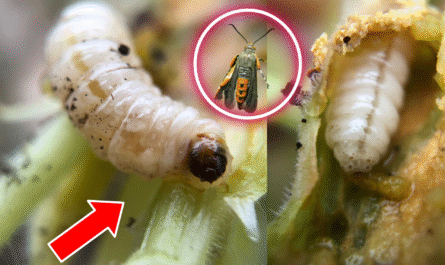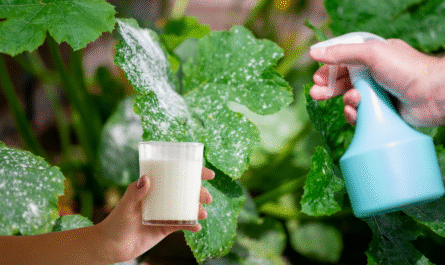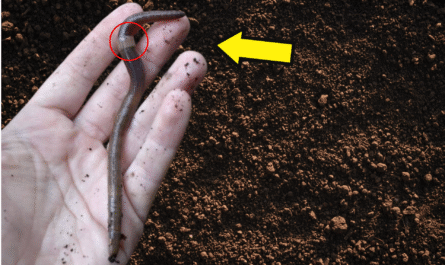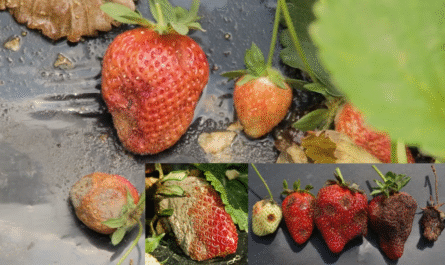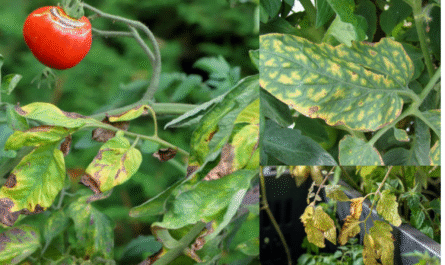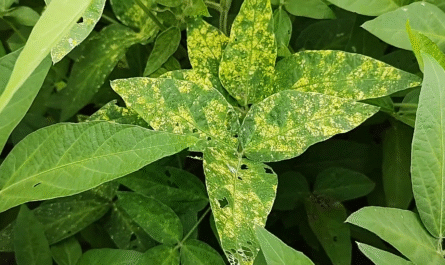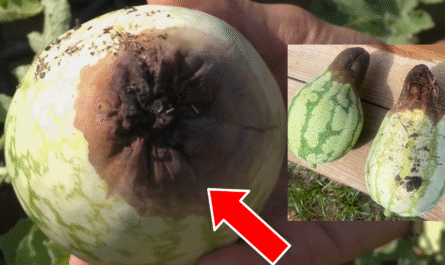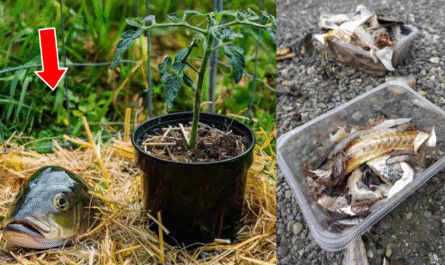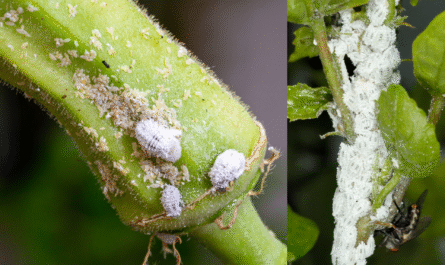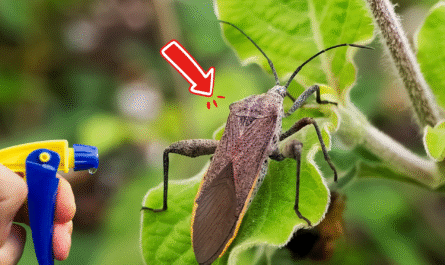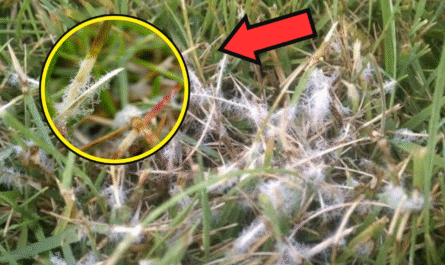Gardening can be a rewarding yet challenging endeavor, especially when pests like grubs, thrips, beetles, and moths threaten to ruin your hard work.
Fortunately, there is an organic, effective, and environmentally friendly way to control pests—beneficial nematodes.
These microscopic roundworms are natural predators of many garden pests, providing an eco-friendly alternative to chemical pesticides.
By using beneficial nematodes, you are leveraging nature’s own pest control system to protect your plants.
Unlike synthetic pesticides, nematodes are completely safe for humans, pets, and beneficial insects.
They are easy to store, simple to apply, and work efficiently to reduce pest populations in your garden or greenhouse.
In this comprehensive guide, we will explore what beneficial nematodes are, their life cycle, various types, application methods, and frequently asked questions about their use in pest control.
What Are Beneficial Nematodes?
Nematodes are microscopic, non-segmented roundworms that live in soil and water. While some nematodes are harmful, attacking plants and crops, beneficial nematodes are a gardener’s ally.
These particular species are parasitic to insect pests but do not pose any threat to humans, animals, or plants.
Beneficial nematodes work by seeking out and infecting their prey, usually insect larvae, with symbiotic bacteria.
These bacteria break down the host from the inside, providing food for the nematodes while killing the pest.
Because they naturally target pests in the soil, they are an excellent biological control method for many common garden problems.
Life Cycle
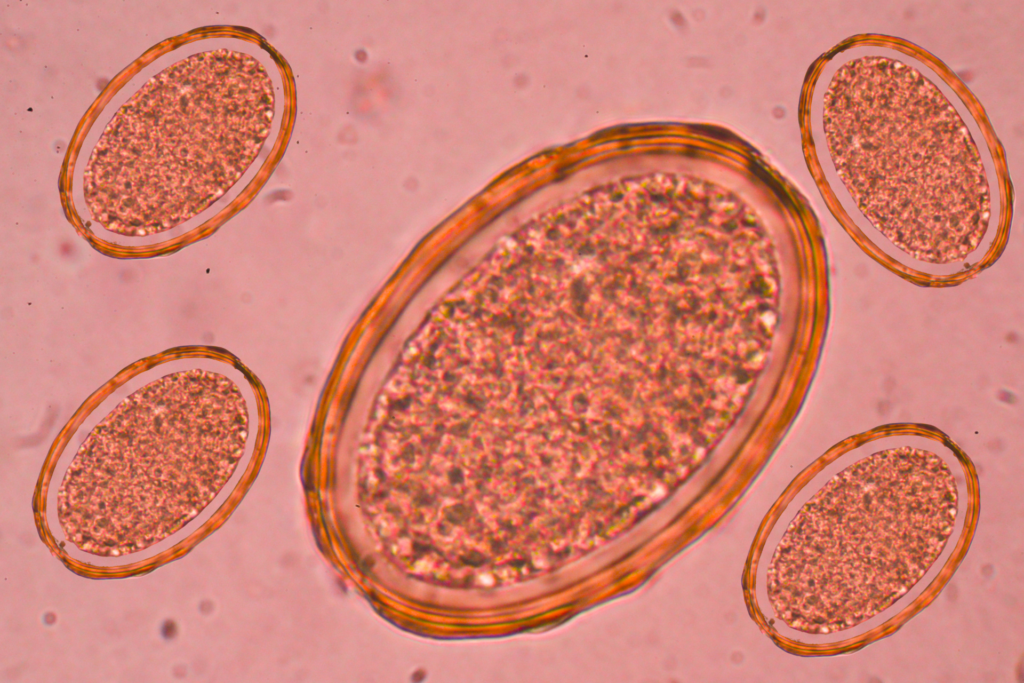
The nematode life cycle consists of three main stages: egg, larva, and adult. The third larval stage is the most important for pest control because this is when the nematode actively seeks out a host.
Here’s how they work:
- Infection – Nematodes enter the pest through natural openings, such as the mouth or spiracles, or by piercing the insect’s cuticle.
- Bacterial Release – Once inside, they release symbiotic bacteria that quickly multiply, breaking down the host’s internal organs.
- Feeding and Reproduction – The nematodes feed on the decomposed tissue, reproduce, and release a new generation of nematodes inside the dead insect.
- Dispersal – The new nematodes exit the host and search for additional pests to infect, continuing the cycle.
One application of nematodes can significantly reduce pest populations if conditions are favorable.
A second application within two weeks helps establish a sustainable nematode population for long-term pest control.
Types of Beneficial Nematodes and Their Target Pests
There are several types of beneficial nematodes, each specialized for controlling different pest species. Here are some of the most common ones:
1. Steinernema Feltiae (Sf)
This species is commonly used in gardens, greenhouses, and indoor plants to target fungus gnat larvae and other soil-dwelling pests.
It is ideal for humid environments and thrives in temperatures between 50–77°F (10–25°C).
Target pests:
- Fungus gnat larvae
- Thrips
- Codling moths
- Root maggots
- Cabbage maggots
- Raspberry crown borers
2. Heterorhabditis Bacteriophora (Hb)
Hb nematodes are best suited for outdoor environments such as lawns, gardens, and orchards.
They are highly effective against soil-dwelling pests, particularly those that damage roots.
Target pests:
- Japanese beetle grubs
- Root weevils
- Flea beetles
- Corn rootworms
- Asparagus beetles
- Ants (larvae and queens)
3. Steinernema Carpocapsae (Sc)
This nematode species is most effective against surface-dwelling pests and is commonly used for flea and caterpillar control.
It remains near the soil surface and is highly effective when applied in shaded or damp areas.
Target pests:
- Fleas (outdoor areas)
- Armyworms
- Black cutworms
- Tobacco budworms
- Leafminers
- Wireworms
4. Steinernema Kraussei (Sk)
Sk is an excellent option for cooler climates, making it particularly useful for northern regions.
Target pests:
- Weevils (including black vine weevils)
- Sawfly larvae
- Filbertworms
5. Steinernema Riobrave (Sr)
This type is highly specialized for orchard environments and is effective against citrus pests and lawn insects.
Target pests:
- Citrus weevils
- Subterranean termites
- Chafers
- Greater wax moths
How to Use Beneficial Nematodes in Your Garden
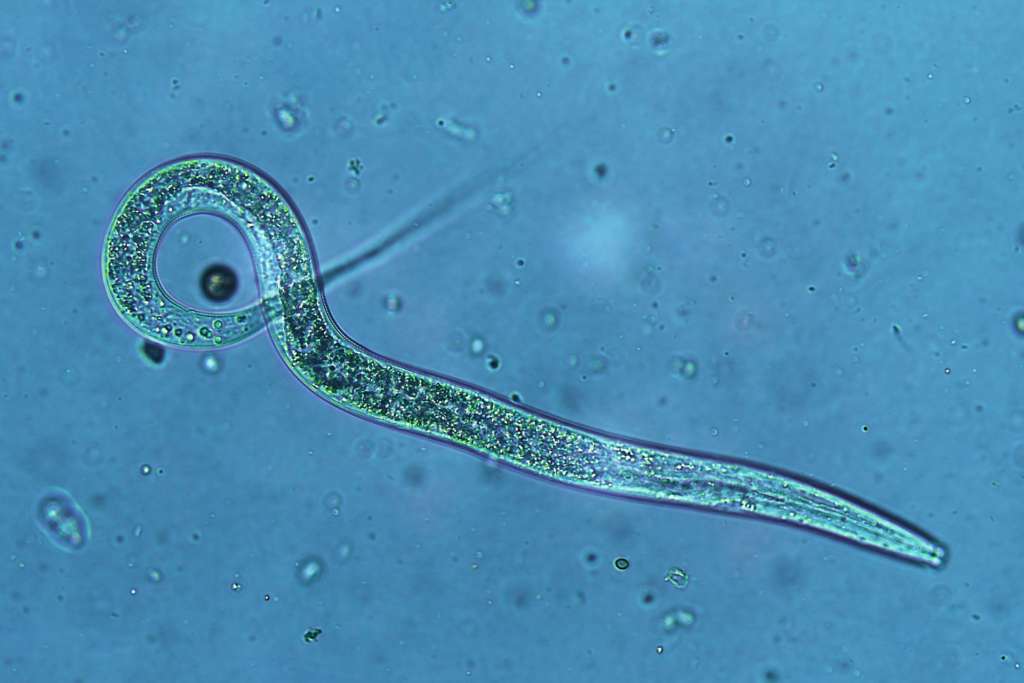
1. Storage and Preparation
- Store nematodes in the refrigerator (not the freezer) to keep them dormant until needed.
- Follow package instructions for activating the nematodes before application.
2. Best Time to Apply
- Apply nematodes early in the morning or late in the evening to avoid direct sunlight, which can kill them.
- Ideal soil temperatures: 40°F – 95°F (4°C – 35°C).
- Best seasons: Spring and early fall.
3. Application Process
- Water the soil before application to create a moist environment.
- Mix nematodes with water and apply using a watering can, hose-end sprayer, or irrigation system.
- Water again after application to help the nematodes penetrate the soil.
Using Beneficial Nematodes on Houseplants
If pests like fungus gnats infest your houseplants, beneficial nematodes can provide a natural solution.
How to apply:
- Water the soil of your houseplants thoroughly.
- Mix nematodes with water and apply to the soil using a small watering can.
- Keep the soil moist to ensure nematodes survive and thrive.
Frequently Asked Questions (FAQs)
1. Do beneficial nematodes really work?
Yes! When applied correctly, beneficial nematodes are highly effective at controlling various soil-dwelling pests. Studies have shown that they can reduce certain pest populations by up to 90% within a few weeks.
2. How long do beneficial nematodes last?
They can survive in the soil for up to 18 months, provided conditions remain favorable (moist soil and proper temperature range).
3. Are beneficial nematodes safe for humans, pets, and other insects?
Yes! Beneficial nematodes only target specific insect pests and do not harm humans, pets, earthworms, bees, or other beneficial organisms.
4. How often should I apply nematodes?
For best results, apply nematodes twice—two weeks apart—to establish a sustainable population. Reapply once or twice per year if necessary.
5. Can I mix different types of nematodes together?
Yes, combining different nematode species can help target multiple pest types in your garden for more comprehensive pest control.
6. Will nematodes harm earthworms?
No, beneficial nematodes do not target earthworms. They specifically seek out pest larvae and leave beneficial soil organisms unharmed.

